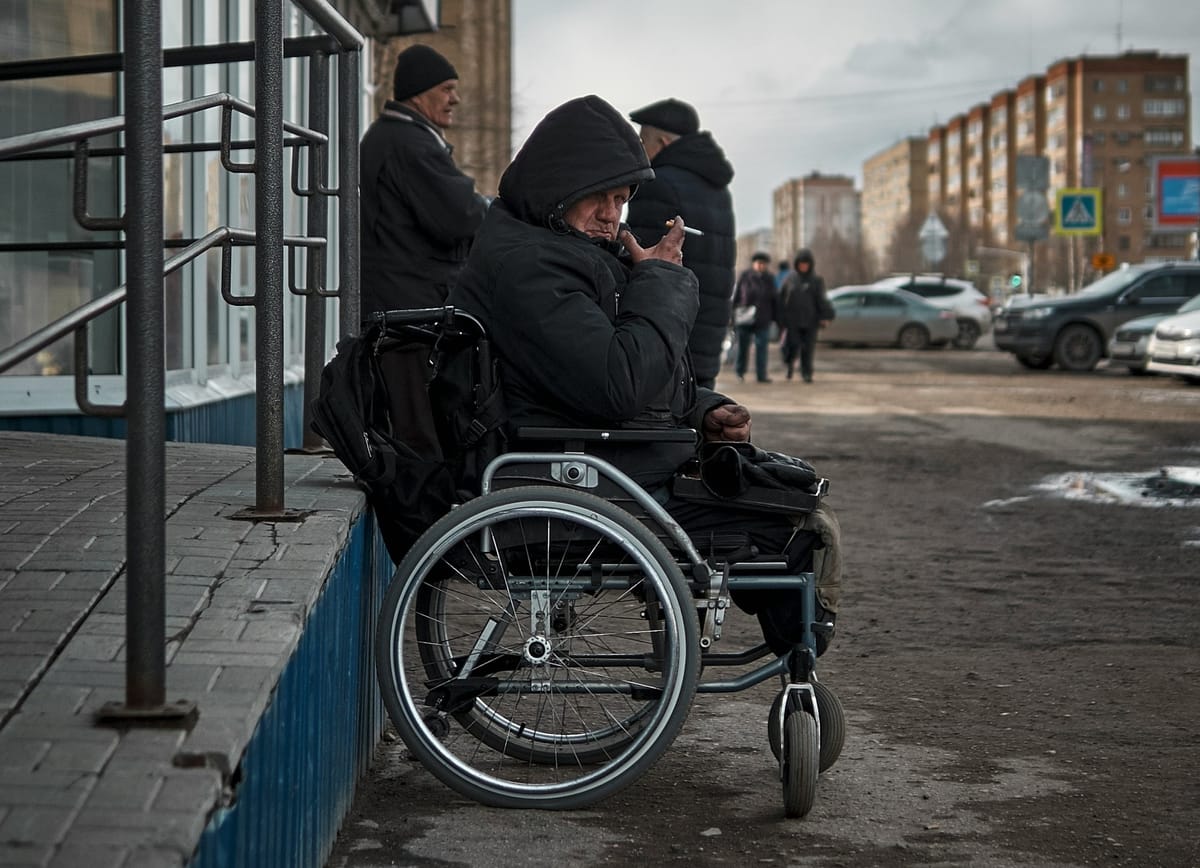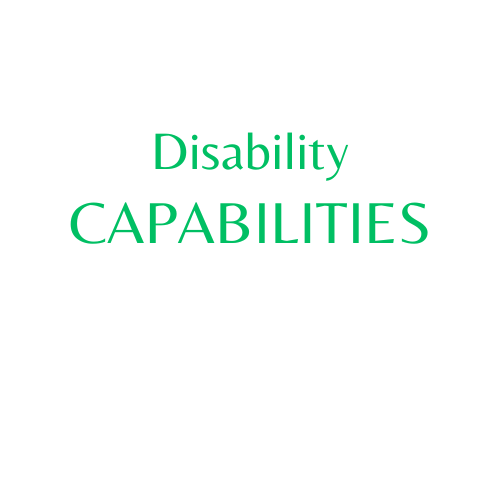Society’s Unconscious Negative Perceptions of Disability & How it Leads to Discapability

When you hear of a “disabled person”, what comes to mind?
In many cases, disability conjures different emotions in different people.
A specific image comes to mind when we think of disability, like:
1. Inability
2. Less capable
3. A person who needs help
4. A person we should feel sorry for
5. A victim who deserves empathy
The list goes on and on. It is strongly ingrained in the minds of many people which ultimately divides society into “us”, the “able” and “them”, the “disabled”.
This line of thinking culminates in a feeling of empathy. A sense of feeling sorry for disabled persons.
But that is where it ends.
The victimization process for disabled persons culminates in viewing disabled persons as a “public liability”, but not “our problem”.
Ultimately, the less-capable and externalization of disabled persons in our minds leads to a pervasive culture of negative perceptions about disabled persons.
Negative perceptions inevitably lead to unfair judgment.
What this means for disabled persons is that there is a lack of genuine opportunities for them and this leads to a cycle of discapability.
“Discapability” is a social construct that refers to the limitation of the capabilities of a person because of the normal standards or systems that shape their participation in mainstream society. This is a functional interpretation of Bellanca et al's definition of “dis-capability” (2011)[1].
Basically, the concept of discapability defines a glass box that determine the limits within which a disabled person can function in society. This is premised on the assumptions, structures, and systems of the society that limit the possibility of a disabled person to engage fully in society.
Negative perceptions of disabled persons, unfair judgments, and the lack of genuine opportunities start from one emanation point – unconscious bias.
Each one of us holds different conceptions and expectations of people based on various demographic features – like gender, race, and disability.
Some of the elements of our unconscious biases are inherent. We are born with them and live with them. And most of the time, we do not even notice them.
Thus, it is necessary for each person to adapt and adjust their perceptions.
Education has a role in creating the proper parameters within which society engages to overcome unconscious biases that lead to discapability among disabled persons.
Once changes are made, the structures and systems of society can change to:
1. Recognize and proactively integrate disabled persons on their greatest strengths
2. Empower disabled persons to find and leverage their capabilities, and
3. Optimize the capabilities of disabled persons to lead to greater and better results.
In our previous post, we showed how disabled persons typically possess superior competencies in specific areas that is linked directly to their disabilities. Thus, it is necessary to develop mechanisms of recognizing and placing disabled persons in areas they can excel the most.
From a position of strength, we can get to appreciate that a person’s disability sets them apart. This helps them develop and function on a higher level in areas they are gifted at. Therefore, if society tunes itself to view the human capital of disabled and excluded persons as valuable, there can be ways of optimizing all aspects of society.
Furthermore, a neuro-distinct person or disabled person who is put in a position to work with their greatest strengths is likely to gain a balanced life through work. There is intrinsic joy in doing what one loves, and over time we come to develop more love for what we like doing. Therefore, a strength-based approach can guide us to not only optimize the inputs of disabled persons but also give the majority of non-disabled persons the ability to overcome negative perspectives and stereotypes we hold about disabled persons.
In conclusion, disability is an objectively verifiable condition. Discapability results from how society recognizes, integrates, and leverages the competencies of disabled persons. Discapability is strongly linked to the negative and often unconscious biases we hold about disabled or excluded persons. Many of us are not willing to confront these deeply ingrained perceptions we hold in the deep recesses of our subconscious. As such, we actualize them through false empathy and condescending acts that keep disabled persons locked in a glass box of exclusion and pain. A proactive act recognizing, integrating, empowering, and optimizing the often superior distinct capabilities of disabled persons can break the trend of discapability. Such a path will ensure that everyone in society benefits, especially through the hidden competencies unique to people because of their specific disabilities.
[1] Nicolo Bellanca, Mario Biggeri & Francesca Marchetta. "An extension of the capability approach: Towards a theory of dis-capability" Alter 5 (3) 2011 pp158-176





